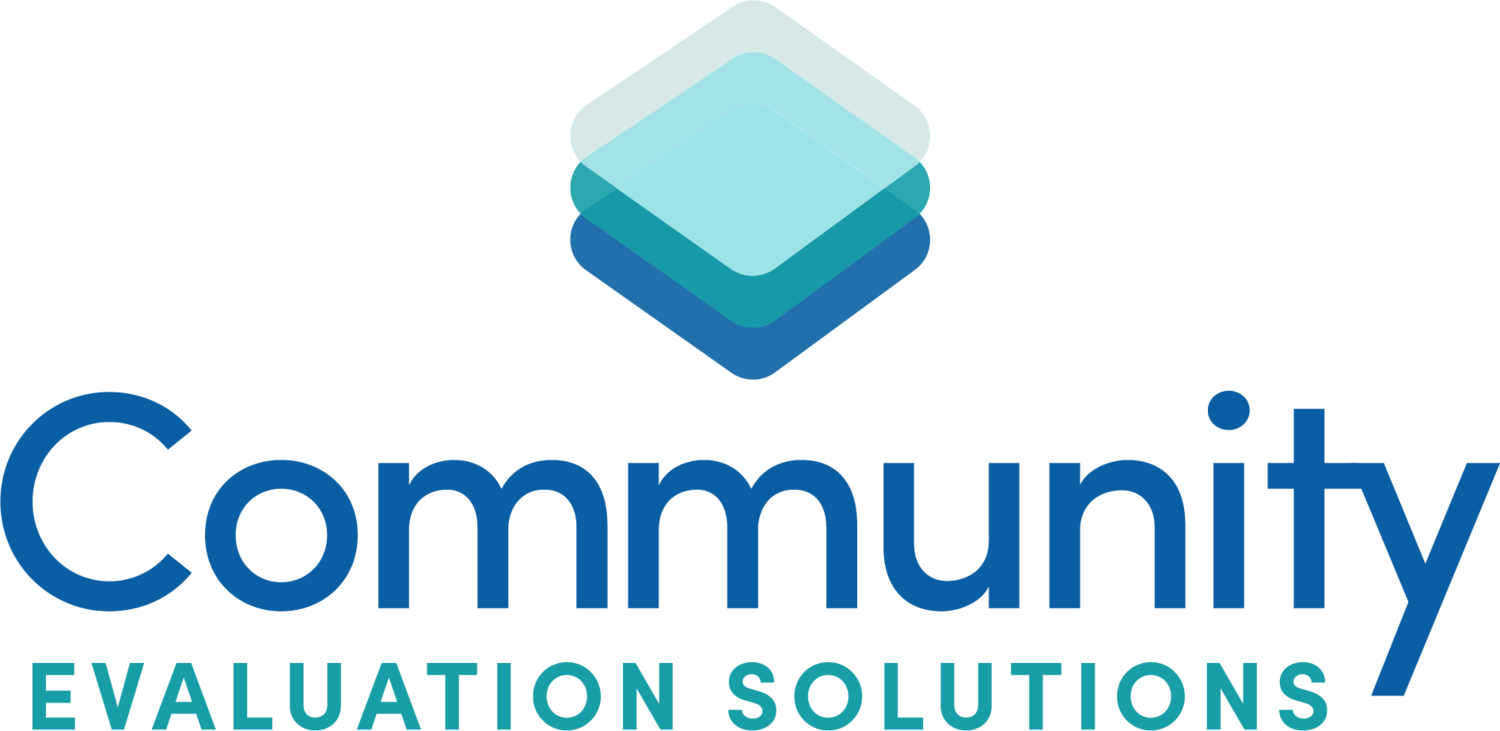No More Tears
I once had a client and the first thing she said to me at our first meeting was, “I hate logic models.”
OK, I said, no worries, let’s just describe your program.
Because here is the secret friend, a logic model is just a graphic description of your program.
I get it, many of you have been asked so often to create logic models you are just TIRED. My guess is that you have missed a key piece of information.
Logic models are not magical.
Their real power comes from using them. How?
A logic model helps explain your program to others. It helps explain the program in a 1-page document. A beautiful, visually stimulating logic model grabs the attention of your community members, partners, and funders. Sometimes, WE understand our program a lot better than the people we need to engage and a 1-page logic model can help.
A logic model inspires actionable evaluation questions. What do I mean? A logic model helps inspire the “big bucket” (my term) evaluation questions that set you up for decision making. Good evaluation questions, when answered, lead you and your people to make course corrections if needed and to know if you are making a difference.
A logic model helps you engage others in the work. By sharing your logic model with your community members and partners, they can clearly see how they fit into the work.
A logic model is a project management tool. At least once a year, gather your folks and take a look at your logic model. What is working? What new programs or strategies are in place? What things need to be dropped? Who else needs to be engaged in the work?
When I was little, there used to be a shampoo called “No More Tears.” I can’t remember if it stopped me from crying when soap got in my eyes or not. But for years I have been using the “Tearless Logic Model” approach. I did not develop it, but I find it helpful in reaching organizations that are new to evaluation, those who may be a little resistant, and even those who are a lot resistant.
It involves a series of questions that gets to the logic behind the logic model without ever mentioning words like “inputs,” “outputs,” or “outcomes.” In fact, we don’t even use those terms until the process is done. When I have used this with community groups, it’s been very successful. Community members have been engaged and dare I say, they had fun? And definitely, there were no tears!
Take Care-
Ann
P. S. You know another secret? Using evaluation information is key to engaging your community. Check out my free mini-course to get you started on creative ways to use your data.


